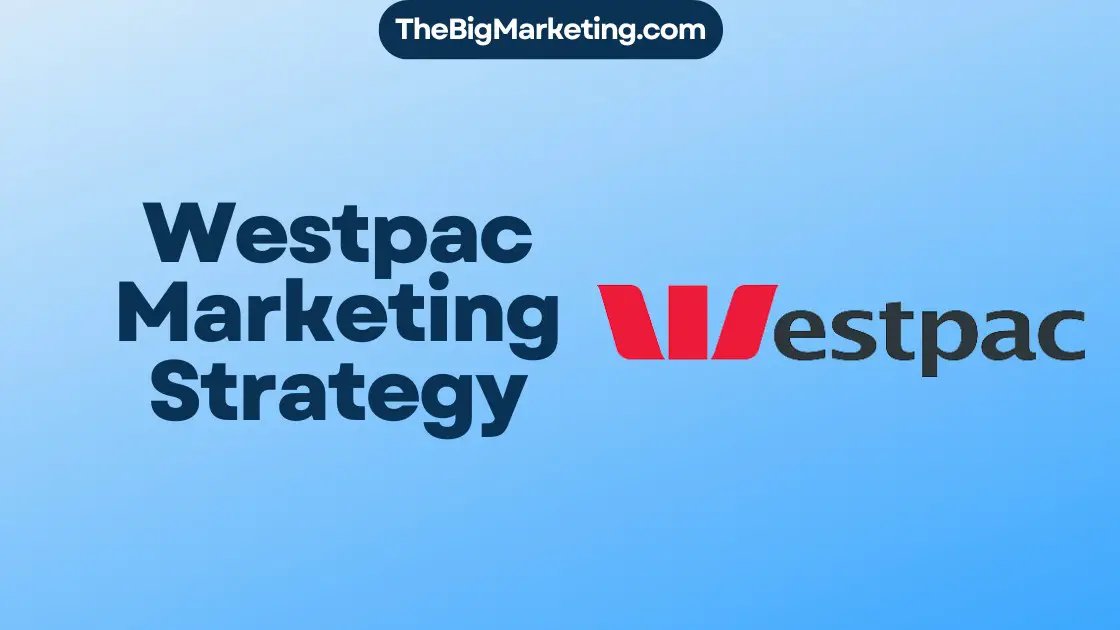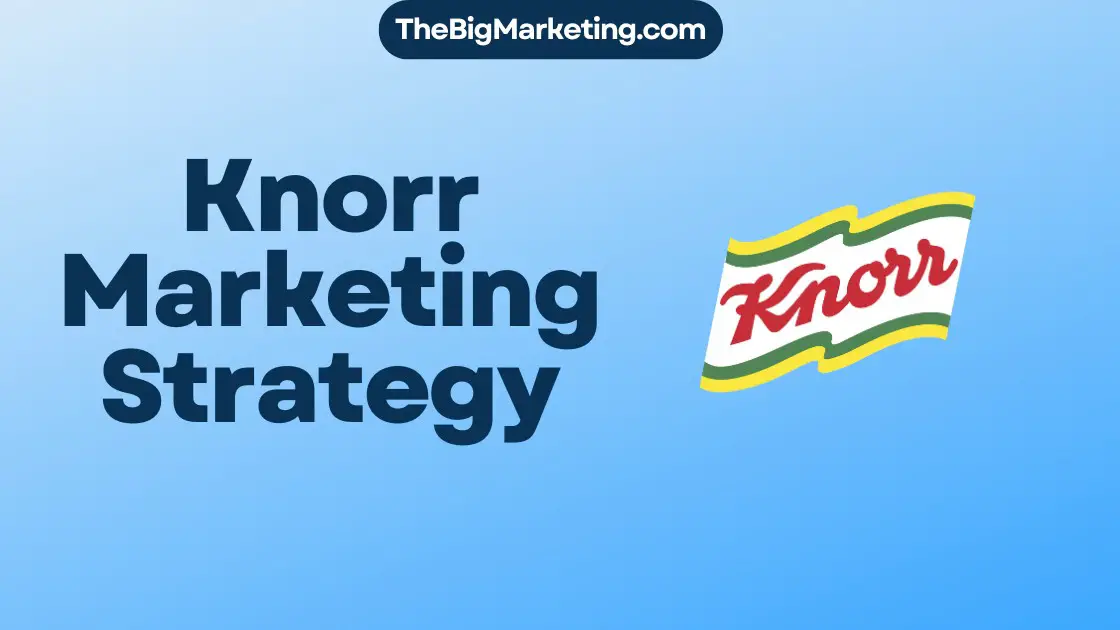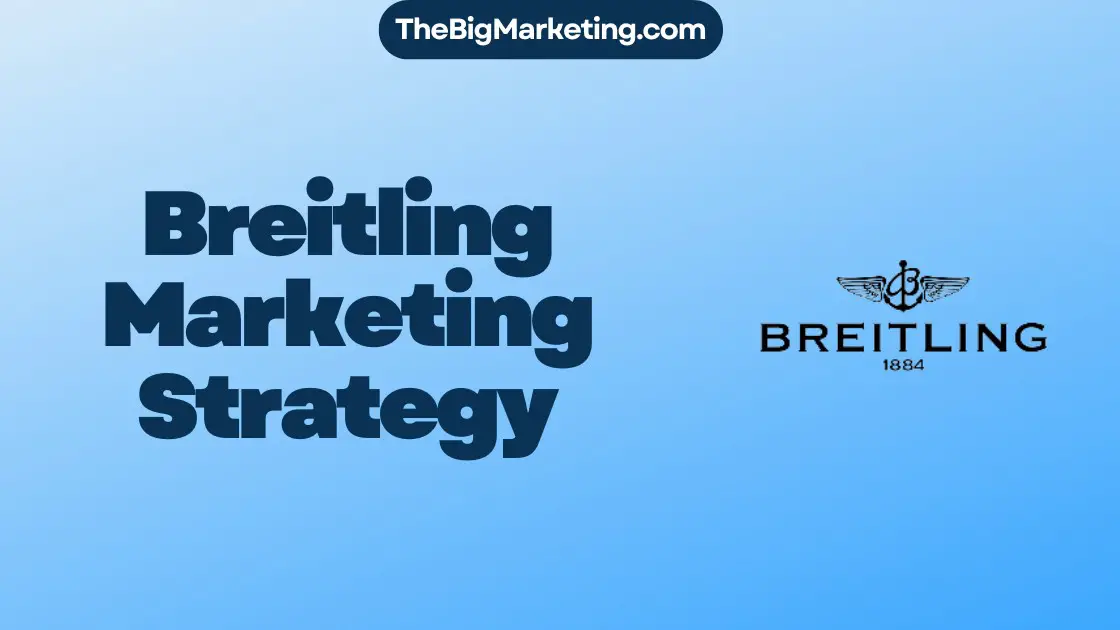Customer-to-customer (C2C) marketing is a business model that allows customers to trade with each other, typically online, through platforms such as eBay, Etsy, and Craigslist. C2C emerged with the rise of e-commerce technology and the sharing economy. It is different from business-to-consumer (B2C) and business-to-business (B2B) models. C2C platforms connect buyers and sellers, facilitating transactions between them. C2C companies generate revenue through fees charged to sellers, and the market is projected to grow due to its cost-effectiveness and increasing popularity.
Key Takeaways:
- C2C marketing enables customers to trade with each other through online platforms
- C2C platforms like eBay, Etsy, and Craigslist connect buyers and sellers
- C2C companies generate revenue through fees charged to sellers
- C2C marketing offers cost-effectiveness and is growing in popularity
- C2C platforms provide a convenient way to buy and sell products online
How Does C2C Marketing Work?
In the customer-to-customer (C2C) model, customers engage in transactions with other customers using a third-party platform to facilitate the process. C2C platforms such as Craigslist, Etsy, and eBay provide a convenient online marketplace where sellers can list their products and buyers can find and purchase them. This type of marketing strategy allows individuals to connect directly and participate in commerce without the need for intermediaries.
C2C marketing strategies play a crucial role in driving engagement and transactions within these platforms. To attract buyers and sellers, C2C businesses focus on creating engaging content that showcases the unique value of their products. They may also implement referral programs to incentivize existing customers to refer others to the platform, expanding their user base. Additionally, leveraging user-generated content, through customer reviews or testimonials, helps build trust and authenticity within the C2C marketplace.
C2C platforms typically operate on a commission or fee-based business model. Sellers pay a fee for listing their items on the platform and may have the option to avail additional promotional features to enhance their product visibility. This revenue model allows the platform to generate income while providing a space for individuals to engage in transactions.
Examples of C2C Marketing Strategies
- Creating unique and engaging product listings
- Implementing referral programs to encourage customer acquisition
- Leveraging customer reviews and testimonials to build trust
- Encouraging user-generated content through contests or incentives
By adopting these C2C marketing strategies, platforms can foster a vibrant community of buyers and sellers, driving transactions and facilitating the growth of the C2C marketplace.
The image above illustrates the concept of a C2C marketplace, where buyers and sellers interact through a third-party platform to engage in transactions.
Advantages of C2C Marketing
C2C marketing, also known as customer-to-customer marketing, offers numerous benefits for both sellers and buyers in the realm of ecommerce. By leveraging online platforms and eliminating the need for physical stores, C2C marketing provides sellers with a cost-effective way to reach a larger audience and sell their products. This enables sellers to expand their customer base and increase their sales without incurring additional expenses associated with maintaining a brick-and-mortar store.
One of the key advantages of C2C marketing is the competitive pricing it offers. Since there are no intermediaries involved, sellers can set their prices according to market demand and competition. This often results in lower prices for buyers, making C2C ecommerce an attractive option for finding products at competitive and affordable rates.
Another advantage of C2C marketing is the wide range of products available to buyers. C2C platforms host a diverse selection of items, spanning various categories and niches. Buyers can easily find unique or hard-to-find products that may not be available through traditional retail channels. This enables consumers to explore a vast array of options and discover new products that align with their preferences and interests.
C2C sales have been experiencing a positive trend due to increased online traffic and the growing popularity of social media platforms. As more people engage in online shopping and rely on social media for product recommendations and reviews, C2C platforms have become an attractive destination for buyers. This upward sales trend indicates a shift in consumer behavior towards the convenience and affordability offered by C2C marketing.
C2C platforms provide a seamless and convenient online shopping experience for both buyers and sellers. With user-friendly interfaces and streamlined processes, these platforms enable buyers to browse, compare, and purchase products with ease. Sellers benefit from the intuitive selling tools and features that C2C platforms offer, allowing them to manage their inventory, track sales, and communicate with customers efficiently.
Advantages of C2C Marketing
| Advantages for Sellers | Advantages for Buyers |
|---|---|
| Cost-effective way to reach a larger audience | Access to a wide range of products |
| Competitive pricing and higher margins | Ability to find unique or hard-to-find items |
| Benefit from increased online traffic and social media popularity | |
| Seamless and convenient online shopping experience |
Types of C2C Businesses
Customer-to-customer (C2C) businesses encompass a variety of platforms that connect buyers and sellers. These C2C platforms provide a space for individuals to trade products and services directly. Let’s explore some examples of C2C companies and the unique features they offer:
Craigslist
Craigslist is a well-known C2C platform that allows users to buy, sell, and trade a wide range of products and services. From furniture and electronics to housing rentals and job postings, Craigslist offers a diverse marketplace for C2C transactions.
Etsy
Etsy specializes in handmade, vintage, and unique products. Sellers on Etsy can create customized websites to showcase and market their crafts and creations. Buyers can browse through various categories and discover one-of-a-kind items.
eBay
eBay is a prominent C2C platform that features both fixed-price items and auction-style listings. It caters to a broad audience, connecting buyers and sellers worldwide. Whether you’re looking for collectibles, electronics, or clothing, eBay offers a vast selection.
AliExpress
AliExpress is a global online marketplace where individuals can buy products directly from international sellers. With a wide array of categories and competitive prices, AliExpress provides an extensive selection of C2C products from different regions.
Amazon Marketplace
Amazon Marketplace allows individuals to sell products alongside professional sellers on the Amazon platform. It opens up opportunities for C2C transactions, enabling users to reach a large customer base while leveraging Amazon’s reputation and logistics network.
Facebook Marketplace
Facebook Marketplace is a social commerce platform where users can buy and sell items within their local community. Individuals can list their products for sale, and buyers can conveniently find and purchase items directly through the Facebook app or website.
These are just a few examples of C2C companies that provide platforms for individuals to engage in C2C transactions. Each platform offers unique features and caters to different types of products and services, expanding the opportunities for buyers and sellers in the C2C market.
Revenue and Growth of the C2C Market
C2C websites and platforms generate revenue through transaction fees charged to sellers for listing items and additional features. As the C2C market continues to grow, both sellers and buyers are embracing this cost-effective and popular business model. With an increasing number of products available for sale by consumers, the C2C market is flourishing.
Retailers recognize the significance of the C2C business model and are leveraging social media and online channels to drive traffic to C2C platforms. This strategic approach not only promotes growth but also boosts the visibility and profitability of these platforms.
C2C market growth is driven by its inherent advantages, such as lower transaction fees compared to traditional retail channels. Sellers can list their products without incurring high costs, making C2C platforms an attractive option for individuals looking to start an online business.
Additionally, the growing popularity of C2C platforms is contributing to their success. People are increasingly turning to these platforms to find unique products, support independent sellers, and engage in sustainable and authentic shopping experiences.
Let’s now take a closer look at the revenue generated by C2C platforms and the factors contributing to their ongoing growth.
To better understand the revenue landscape of C2C platforms, the following table highlights some of the key sources of income:
| Source of Revenue | Explanation |
|---|---|
| Transaction fees | C2C platforms charge sellers a fee for listing items and additional features, generating revenue with every transaction. |
| Promotional services | C2C platforms provide sellers with the option to promote their listings through paid advertising or featured placements, creating an additional source of income. |
| Subscription fees | Some C2C platforms offer premium subscription packages to sellers, providing access to advanced selling tools and enhanced visibility for their listings. |
| Advertising revenue | C2C platforms may display targeted advertisements to users, generating revenue through advertising partnerships and collaborations. |
These various revenue streams contribute to the continuous growth of the C2C market. As the number of sellers and buyers on C2C platforms continues to rise and the cost of using third-party platforms decreases, the revenue potential for C2C platforms is expanding.
The next section will explore the key differences between C2C and peer-to-peer (P2P) marketing and provide insights into how these two models operate.
C2C vs. P2P: What’s the Difference?
In the world of consumer-to-consumer (C2C) and peer-to-peer (P2P) interactions, it’s important to understand the distinctions between the two. C2C refers to transactions between customers facilitated by platforms or businesses, while P2P involves direct interactions between individuals without intermediaries.
C2C marketing utilizes user-generated content and consumer networks to drive engagement and sales. It leverages the power of online platforms to connect buyers and sellers, enabling seamless transactions. P2P interactions, on the other hand, emphasize direct communication and relationships between individuals.
The key differences between C2C and P2P can be summarized as follows:
C2C
- Customers transact with each other through a third-party platform or business.
- Platforms like eBay, Etsy, and Craigslist facilitate C2C transactions.
- C2C marketing relies on user-generated content and consumer networks to promote products and services.
- Businesses profit by charging fees or commissions to sellers for utilizing the platform.
P2P
- Direct transactions occur between individuals without the involvement of any intermediary or platform.
- P2P interactions can take place through various channels, such as social media, messaging apps, or face-to-face communication.
- P2P marketing focuses on creating direct connections and building relationships between individuals.
- There are no fees or commissions paid to intermediaries, as the transactions are conducted independently.
Understanding the differences between C2C and P2P is crucial for businesses and consumers alike. Depending on their needs and preferences, individuals can choose between utilizing a C2C platform for convenience and wider reach or engaging in P2P interactions for a more personalized and direct experience.
| C2C | P2P |
|---|---|
| Transactions facilitated by third-party platforms or businesses | Direct transactions between individuals |
| eBay, Etsy, Craigslist, and other C2C platforms | Social media, messaging apps, face-to-face interactions |
| Relies on user-generated content and consumer networks | Emphasizes direct communication and relationships |
| Fees/commissions charged to sellers by platforms | No fees or commissions involved |
Benefits of C2C Marketing for Consumers
C2C marketing offers several benefits for consumers. When buying from other consumers, consumers gain access to hard-to-find products and can take advantage of competitive pricing. The ability to rely on peer reviews and recommendations provides valuable insights that inform purchasing decisions, building trust and confidence throughout the buying process.
C2C platforms further enhance the consumer experience by offering a convenient and efficient way to discover and purchase products, eliminating the need to visit physical stores. With just a few clicks, consumers can explore a wide variety of items, compare prices, and make informed decisions from the comfort of their own homes.
Furthermore, C2C marketing offers consumers authenticity and personalized experiences. When engaging in C2C transactions, consumers have the opportunity to interact directly with sellers, fostering a sense of connection and creating a unique purchasing experience.
Overall, the benefits of C2C marketing for consumers include access to niche or specialized products, competitive pricing, trusted recommendations, convenience, and the ability to engage in authentic and personalized interactions. The rise of C2C platforms has transformed the way consumers buy, empowering them with more choices and enhancing the overall shopping experience.
| C2C Marketing Benefits for Consumers |
|---|
| Access to hard-to-find products |
| Competitive pricing |
| Trusted recommendations |
| Convenience |
| Authentic and personalized experiences |
Challenges of C2C Marketing
C2C marketing presents certain challenges for participants. One of the key challenges is the lack of quality control. As products are sold by individual consumers on C2C platforms, there is a risk of receiving poorly made or misrepresented products. Without an established quality control process, buyers may face disappointment or dissatisfaction with their purchases.
Another challenge in C2C marketing is the issue of payment guarantees. Unlike traditional retail platforms that provide protection for credit card transactions, C2C platforms may not offer sufficient support in this area. Buyers may feel hesitant when it comes to making payments, as they may not have the same level of assurance as they would with established retailers.
Furthermore, C2C platforms can be vulnerable to scams, which can impact the safety and trust of both buyers and sellers. It is essential for C2C platforms to have rigorous policies and measures in place to prevent fraudulent activities and protect the interests of their users.
Addressing these challenges is crucial to ensuring the success and sustainability of C2C marketing. C2C platforms must implement mechanisms to improve quality control, such as user reviews and ratings, and enable transparent communication between buyers and sellers. Additionally, offering secure payment options and implementing robust security measures can enhance the trust and confidence of users in the platform.
Challenges of C2C Marketing
| Challenges | Description |
|---|---|
| Lack of Quality Control | Products sold by individual consumers may lack consistent quality standards, leading to potential dissatisfaction for buyers. |
| Payment Guarantees | C2C platforms may not provide the same level of support and security for credit card transactions as traditional retailers, causing buyer hesitancy. |
| Scams and Fraud | C2C platforms can be vulnerable to fraudulent activities, posing risks to the safety and trust of buyers and sellers. |
Overcoming these challenges requires proactive measures and continuous improvement on the part of C2C platforms. By addressing quality control concerns, enhancing payment security, and implementing robust safety measures, C2C marketing can thrive, providing a secure and trustworthy environment for consumers to engage in online transactions.
Examples of C2C Companies
When it comes to customer-to-customer (C2C) transactions, there are various reputable companies that provide platforms for consumers to connect and engage in commerce. These C2C companies serve as intermediaries, facilitating smooth and secure transactions between buyers and sellers.
eBay
eBay is a prominent C2C platform that offers an extensive range of products. It allows individuals to buy and sell both fixed-price and auction items. With its user-friendly interface and reliable payment systems, eBay has become a popular choice for C2C transactions.
Etsy
For those looking for unique handmade products, Etsy is the go-to C2C marketplace. Etsy empowers artisans and small business owners to showcase and sell their crafts. From handmade jewelry to vintage clothing, Etsy offers a diverse selection of one-of-a-kind items.
Craigslist
Craigslist is a versatile online platform that connects buyers and sellers for a wide range of products and services. Whether you’re looking for furniture, apartments, or even a job, Craigslist provides a space for C2C transactions in various categories.
Amazon Marketplace
As one of the largest online marketplaces, Amazon extends its platform to include C2C transactions. The Amazon Marketplace allows individuals to sell new or used items alongside professional sellers. With its extensive customer base and efficient fulfillment services, Amazon Marketplace offers a convenient C2C platform.
AliExpress
AliExpress is a global online marketplace that connects buyers with sellers from around the world. It offers a diverse selection of products at competitive prices, ranging from electronics to fashion. AliExpress facilitates C2C transactions while providing buyer protection and secure payment options.
Facebook Marketplace
Facebook Marketplace leverages the social media platform’s vast user network to facilitate C2C transactions. By tapping into its extensive user base, Facebook Marketplace connects buyers and sellers within local communities, simplifying the process of buying and selling various items.
Airbnb
While primarily known as a platform for booking accommodations, Airbnb also operates as a C2C marketplace. It allows individuals to rent out their homes or spare rooms to travelers, offering a unique and personalized lodging experience. Airbnb connects hosts and guests, enabling C2C transactions in the hospitality industry.
Fiverr
Fiverr is a C2C marketplace that specializes in freelance services. It provides a platform for individuals to offer their skills and expertise in various areas such as graphic design, content writing, and programming. Fiverr connects freelancers with clients, facilitating C2C transactions in the gig economy.
These C2C companies exemplify the diverse nature of C2C marketing and the impact it has on the way consumers engage in commerce. Whether it’s selling handmade crafts, finding unique items, or booking accommodations, these platforms offer opportunities for individuals to connect, trade, and create mutually beneficial transactions.
The Future of C2C Marketing
The future of C2C marketing holds great potential as we witness the rapid rise of social media, the continuous increase in online traffic, and the growing consumer preference for sustainable and authentic products. C2C market trends indicate that this business model is expected to thrive due to its cost-effectiveness and convenience for both buyers and sellers.
However, to ensure the continued success of C2C transactions, companies must address certain challenges. Quality control remains a concern, as the products being sold are sourced from individual consumers. Upholding payment guarantees is also crucial, as C2C platforms need to provide adequate support for credit card transactions.
C2C platforms must adapt to the evolving preferences and behaviors of consumers to remain relevant in the dynamic world of e-commerce. This includes staying attuned to the increasing demand for sustainable and authentic products. By implementing strategies that prioritize trust, safety, and transparency, C2C platforms can continue to foster consumer confidence and drive growth in the C2C market.
C2C marketing is poised to play a significant role in the future of e-commerce as it offers unique advantages for buyers and sellers. By leveraging the power of technology and consumer networks, C2C platforms can continue to provide cost-effective and seamless experiences for users.
Consumer Behavior and Evolving Preferences
- Consumers are increasingly looking for sustainable and authentic products. C2C marketing enables the sale of unique and handmade items that align with these preferences.
- Social media plays a crucial role in shaping consumer behavior and purchasing decisions. C2C platforms need to adapt and integrate social media features to engage consumers effectively.
- Convenience is paramount for modern consumers. C2C platforms should prioritize user-friendly interfaces, seamless transactions, and efficient customer support to retain and attract new users.
Challenges in C2C Marketing
- Ensuring quality control remains a challenge as C2C transactions involve individual sellers. Implementing robust verification processes and establishing seller ratings/reviews can address this concern.
- Payment guarantees are essential for building trust in C2C transactions. C2C platforms should invest in secure payment gateways and offer dispute resolution mechanisms to protect buyers and sellers.
- Competition from other e-commerce models, such as B2C, can pose a challenge. C2C platforms need to differentiate themselves by offering unique features and benefits to both buyers and sellers.
In summary, the future of C2C marketing is bright, driven by the growing influence of social media, increasing online traffic, and consumer preferences for sustainable and authentic products. By addressing challenges and adapting to evolving consumer behaviors, C2C platforms can continue to thrive and shape the e-commerce landscape in the years to come.
How to Implement C2C Marketing Strategies
Implementing effective C2C marketing strategies can help businesses maximize their reach and tap into the potential of customer-to-customer interactions. By utilizing these strategies, brands can create engaging content, leverage user-generated content, and foster strong customer relationships.
1. Create Engaging Content
To effectively implement C2C marketing, brands need to create content that resonates with their target audience. This can be achieved by understanding the needs, preferences, and pain points of customers. Develop relevant and valuable content that educates, inspires, or entertains your target audience. This can include blog posts, videos, infographics, and social media posts that encourage interaction and sharing.
2. Leverage User-Generated Content
User-generated content (UGC) is a powerful tool in C2C marketing. Encourage your customers to share their experiences with your products or services through various channels such as social media, online reviews, and testimonials. UGC not only increases brand credibility but also acts as social proof, influencing potential buyers. By leveraging UGC, brands can enhance their visibility and build trust among their target audience.
3. Foster Customer Relationships
To succeed in C2C marketing, it’s crucial to foster strong relationships with customers. Engage with your audience through personalized interactions, responding to their comments, questions, and feedback promptly. Develop loyalty programs, referral programs, and exclusive offers to reward loyal customers and encourage them to become brand advocates. By building meaningful connections with customers, brands can transform them into active participants in their marketing efforts.
4. Collaborate with Influencers and Brand Ambassadors
Influencers and brand ambassadors can amplify your C2C marketing efforts by promoting your brand and products to their followers. Collaborate with influencers who align with your brand values and have an engaged and relevant audience. Consider leveraging their reach and expertise to increase brand visibility, generate social media buzz, and drive traffic to your C2C platform. Utilize influencer marketing campaigns, affiliate programs, and ambassador partnerships to expand your brand’s reach.
5. Tailor Marketing Strategies to the Target Audience
Understanding your target audience is crucial for successful C2C marketing. Conduct market research, analyze user data, and gather insights to identify their needs, preferences, and buying behaviors. Tailor your marketing strategies accordingly to effectively connect with and engage your target audience. By personalizing your approach, you can enhance customer experience, increase conversions, and build long-term relationships with customers.
Implementing C2C marketing strategies requires a customer-centric approach, aiming to create a seamless and engaging experience for buyers and sellers. By focusing on creating valuable content, leveraging user-generated content, fostering customer relationships, collaborating with influencers, and tailoring strategies to the target audience, brands can unlock the full potential of C2C marketing and drive growth in the dynamic world of e-commerce.
Conclusion
C2C marketing is revolutionizing the world of e-commerce, transforming the way consumers interact and facilitate transactions. It offers a multitude of benefits for both buyers and sellers, providing access to a vast array of products, competitive pricing, and unparalleled convenience. The continuous growth of C2C platforms and the increasing popularity of social media and online channels have contributed to the rapid expansion of the C2C market.
While C2C marketing presents abundant opportunities, it is not without its challenges. Quality control and payment guarantees are key areas that need to be addressed to foster trust and ensure the ongoing success of C2C marketing. Brands and retailers that embrace C2C strategies can leverage this dynamic model to build customer loyalty, drive organic traffic to their platforms, and establish a strong competitive edge in today’s ever-evolving market.
The future of C2C marketing is auspicious, driven by the rise of social media, the increasing preference for authentic and sustainable products, and the continuous growth of the C2C market. However, a proactive approach to quality control and payment guarantees is essential to maintain trust and safeguard a seamless consumer experience. By harnessing the power of C2C strategies, brands can forge meaningful connections with their target audience, enhance brand reputation, and navigate the dynamic landscape of e-commerce with confidence.






